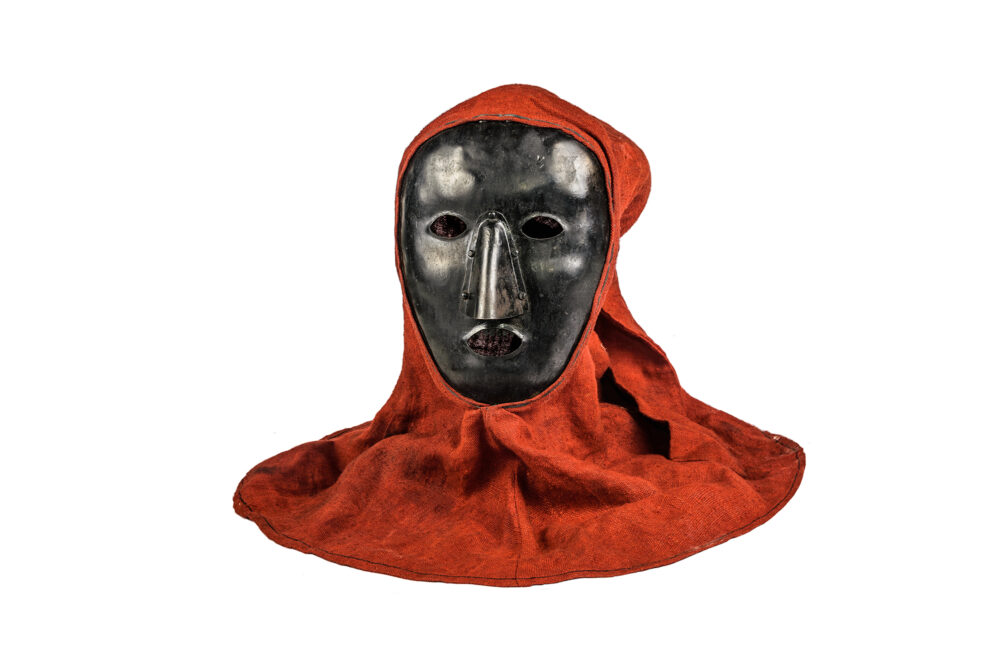The journey from torture to incarceration marks a profound shift in the history of criminal justice. Ancient societies relied heavily on old punishment methods like whipping, branding, and even execution to maintain order. Over time, these practices evolved into systems of confinement and rehabilitation, paving the way for the prisons we know today. This article explores the history of prisons, the decline of corporal punishment, and the rise of incarceration as a central pillar of justice.
The Origins of Punishment
Ancient Methods of Punishment
In ancient times, physical cruelty was the primary response to crime. Ancient methods of punishment included public flogging, mutilation, and execution. These practices served as both deterrents and spectacles, reinforcing authority and order.
Medieval Punishment Methods
During the medieval period, medieval punishment methods such as torture devices and public executions became widespread. Executioners and dungeons symbolized justice, often prioritizing fear over fairness. The Medieval Torture Museum in Chicago showcases many of these devices, providing insight into the brutality of medieval justice.
The Shift to Incarceration
When Did Prisons Start?
The history of incarceration began to take shape in the late medieval period. Early dungeons and holding cells evolved into early prison systems, where criminals were confined rather than physically punished. This shift reflected growing concerns about the morality and effectiveness of torture.
The Decline of Corporal Punishment
The decline of corporal punishment was influenced by the Enlightenment, which emphasized human rights and the need for penal reform. Philosophers like Cesare Beccaria argued for fair trials and humane sentencing, challenging the reliance on physical cruelty.
The Rise of the Modern Prison
Penal Reform History
The 18th and 19th centuries saw significant advancements in penal reform history. Reformers advocated for prisons to focus on discipline, rehabilitation, and societal reintegration. Institutions like the penitentiary were designed to encourage reflection and repentance, marking a departure from public humiliation and torture.
The Legacy of Early Prison Systems
The history of prisons highlights the enduring legacy of these reforms. Today’s correctional systems continue to grapple with balancing justice, detention, and rehabilitation, drawing lessons from centuries of evolution.
Exploring the History of Justice
Museums and Learning Opportunities
For those interested in exploring this transformation, the Medieval Torture Museum in St Augustine offers a unique perspective on medieval punishment methods and the origins of incarceration. It’s one of the most engaging st augustine things to do, combining historical education with interactive exhibits.
Further Insights on the Blog
To dive deeper into these topics, the museum’s blog provides articles that examine the transition from physical punishment to incarceration and its impact on legal systems.
Where to Go in St Augustine
In addition to visiting the museum, there are plenty of things to do in St Augustine. Known for its rich history and charming atmosphere, the city is a must-see destination for history enthusiasts. From the museum to other historical landmarks, there’s no shortage of where to go in St Augustine for a memorable experience.
The transition from physical cruelty to imprisonment reflects a fundamental shift in societal attitudes toward crime and punishment. By exploring the history of criminal justice, we gain a deeper understanding of how far we’ve come and the challenges that remain. Whether you’re visiting the Medieval Torture Museum in LA or learning about penal reform history online, delving into this transformation offers valuable lessons about justice, reform, and humanity.






